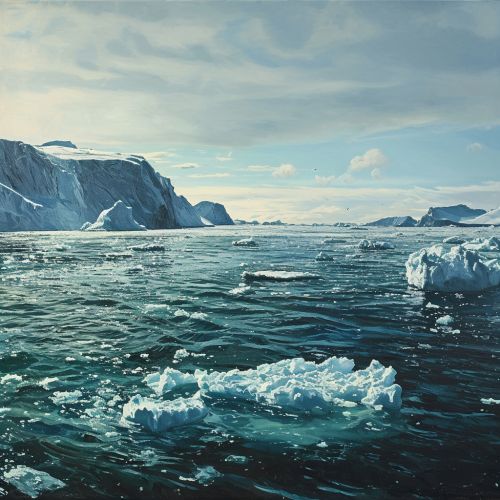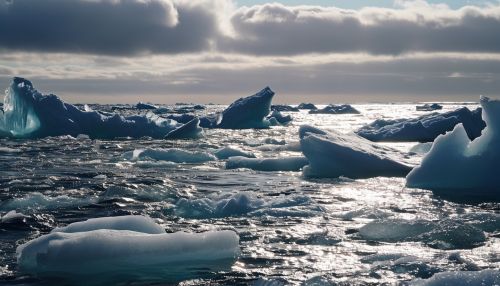Northwest Passage
Introduction
The Northwest Passage is a sea route that connects the Atlantic and Pacific Oceans through the Arctic Ocean, along the northern coast of North America via waterways amidst the Canadian Arctic Archipelago. The various islands of the archipelago are separated from one another and from the mainland by a series of Arctic waterways collectively known as the Northwest Passage.
Historical Overview
The quest for the discovery of the Northwest Passage has been a significant element of European maritime exploration for over 500 years. At various times, explorers believed a route lay to the north of the American continent, offering a shortcut from Europe to Asia that was perceived to be a faster and more direct method of reaching the Far East.
Early Exploration
The first recorded attempt to discover the Northwest Passage was the east-west voyage of John Cabot in 1497, sent by Henry VII in search of a direct route to the Orient. Following Cabot, the stage was set for over four centuries of ensuing exploration efforts, with explorers such as Martin Frobisher, John Davis, Henry Hudson, and William Baffin making significant voyages in search of the Passage.
19th Century Expeditions
The 19th century saw a renewed interest in the Northwest Passage. The most famous of these expeditions was the ill-fated Franklin Expedition of 1845, which sought to chart and navigate a significant portion of the Passage. The entire crew was lost, and the ships were not found until more than a century and a half later.
20th Century and Modern Times
In the 20th century, technological advancements in shipbuilding and navigation made it possible to traverse the Northwest Passage. The first successful traversal of the Passage was made by the Norwegian explorer Roald Amundsen in 1903-1906. In the modern era, the melting of Arctic ice due to global warming has made the Northwest Passage more navigable.
Geographical Features
The Northwest Passage spans a distance of about 1,500 miles from the Atlantic to the Pacific. It traverses through the Arctic Ocean, the Baffin Bay, the Davis Strait, the Queen Maud Gulf, the Beaufort Sea, and the Chukchi Sea. The Passage is characterized by its harsh and inhospitable climate, with temperatures often dropping below freezing point.
Ecological Impact
The increased navigability of the Northwest Passage due to climate change has raised concerns about its ecological impact. The melting of Arctic ice has led to habitat loss for various species and has altered the region's ecosystem. Increased ship traffic through the Passage also poses a threat to the Arctic environment.
Economic Significance
The Northwest Passage holds significant economic potential as a sea route. Its potential as a shorter route between the Atlantic and Pacific Oceans could significantly reduce travel time for commercial ships, thus reducing costs and increasing efficiency.


